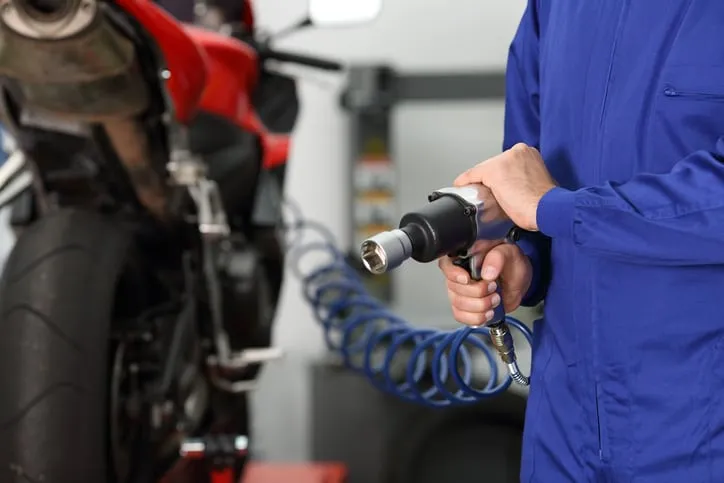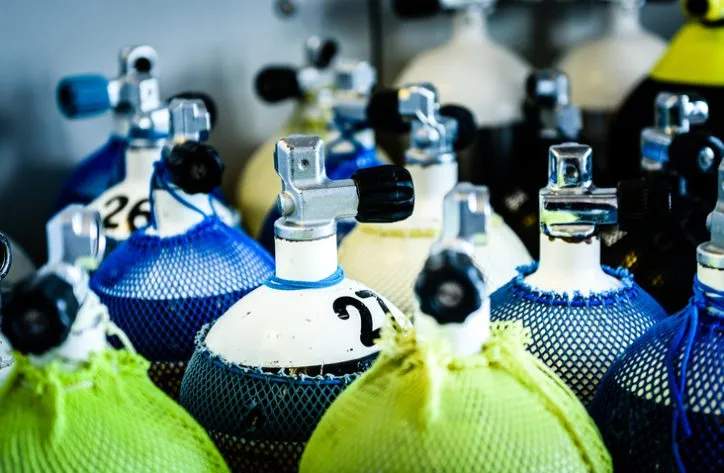CGA G-7.1-2018: Commodity Specification for Air

Published by the Compressed Gas Association (CGA), an ANSI-accredited standards developing organization, the seventh edition of the commodity specification for air is CGA G-7.1-2018.
Air is a mixture of several gases confined to Earth’s atmosphere, with nitrogen taking up 78% of the total volume. The second most abundant component—certainly the most integral to us—is oxygen, occupying 21% of the atmosphere’s volume. Dry air also includes argon, carbon dioxide, neon, helium, methane, krypton, hydrogen, and xenon.
There is no air in outer space, and known atmospheres of most planets of the solar system lack the luxury of viable air composition. Here on Earth, however, air has even found significance in industry. Compressed air is used as energy and as part of processes. Air stores and transmits energy for conducting mechanical work, and it is used when air quality is important for coming into contact with a product and for other applications. Air is used in the chemicals, pharmaceuticals, food & beverage, and medical industries.
CGA G-7.1-2018: Commodity Specification for Air – Seventh Edition specifies air, including atmospheric air as well as that synthesized by blending oxygen and nitrogen in the proper proportions.

The CGA G-7.1-2018 standard addresses the large variety of trace constituents in air. It would be impractical to set individual limits for many of these, but the specification establishes certain grades of air by limiting the concentrations of specific trace constituents. The different quality verification levels (QVLs) for carbon dioxide, carbon monoxide, nitric acid, nitrogen dioxide, nitrous oxide, odor, and other limiting characteristics are classified by component maxima in parts per million (ppm [v/v]).
CGA G-7.1-2018 provides the means to classify grades (at A, L, D, E, J, and N) of QVLs. Each grade corresponds with a typical usage. For example, CGA grade A is typically industrial compressed air and grade D is OSHA breathing air.
CGA G-7.1-2018 also includes information on quality verification systems, containers, moisture conversion data, and analytical procedures for water carbon dioxide, odor, and other characteristic content.
Please note that certain cylinders containing compressed air and other types should made in accordance with Title 49 of the U.S. Code of Federal Regulations (49 CFR) or Transport Canada’s (TC) Transportation of Dangerous Goods Regulations.
CGA G-7.1-2018: Commodity Specification for Air – Seventh Edition is available on the ANSI Webstore.







Send me quote regarding this item
Specification for a breathing air station to refill self-contained breathing apparatus (SCBA) cylinders with purified air that meets or exceeds the requirements of CGA Pamphlet G-7, Compressed Air for Human Respiration, the requirements of ANSI/CGA G-7.1, Commodity Specification for Air, Grade E, and all other recognized standards for respirable air. The breathing air station shall be comprised, in part, of a high pressure compressor and purification system, storage system, fill control panel and containment fill station. The station shall be designed for a maximum working pressure of 6,000 PSIG.